Fix: USB Drive is Detected but Doesn't Show any Data
Check out a simple fix right away
3 min. read
Updated on
Read our disclosure page to find out how can you help Windows Report sustain the editorial team. Read more
Key notes
- This issue, along with USB drives not being recognized in Windows 10, is quite common.
- When you encounter this problem after you recently used the USB drive on another computer or lent it to a friend, know that a virus is likely the reason.
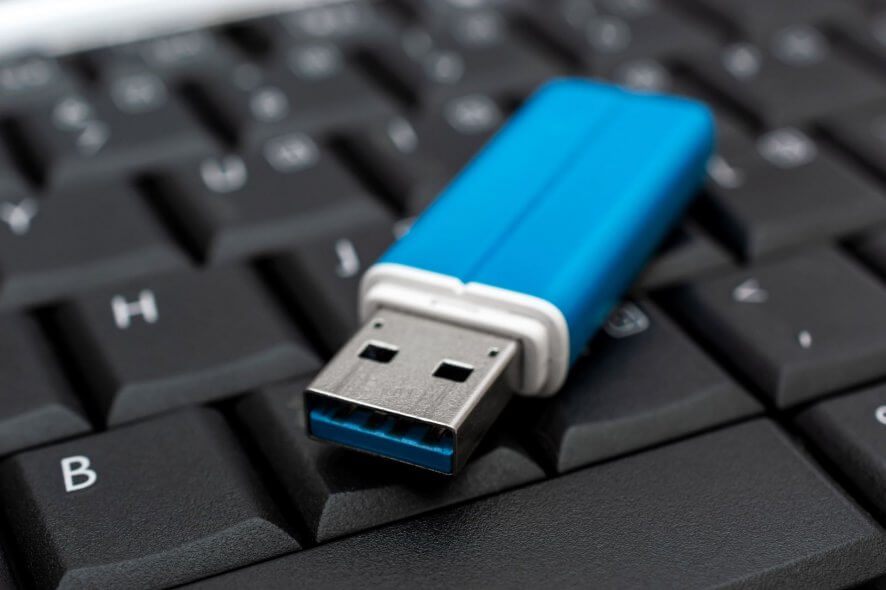
We now rely so much on USB drives as a computing tool that their failure naturally drives us into a panic. One of the most common USB errors is when a USB storage device is detected on your machine but does not show data.
This issue, along with USB drives not being recognized in Windows 10, is actually quite common. And unless the data has been accidentally erased, you can still recover it.
Why do my USB devices stop working properly?
In most cases where a USB drive fails to show any data despite the computer detecting it, the culprit can be traced to a virus infection. And in the majority of these cases, the data is not lost.
Rather, the virus hides it by creating a shortcut that does not lead anywhere. So when you encounter this problem after you recently used the USB drive on another computer or lent it to a friend, know that a virus is likely the reason.
So maybe before you even try to recover your missing data, you will want to first clean the USB storage device by scanning it using anti-malware or anti-virus software.
After that, you should go on and instruct your Windows computer to show the hidden files. To do that, follow the navigation path below: Windows Explorer > Tools > Folder Options > View Tab
Once in the View tab, check the Show hidden files, folders, and drives option.
How can I restore my hidden USB files?
- Click the Windows icon, type cmd in the search bar, and click Run as administrator under Command Prompt.
- Now, copy and paste the command (replace e with your drive letter) below and hit Enter:
attrib -h -r -s /s /d e:*.* - Finally, wait for the command to finish running.
You can now go and open your USB storage device. Your data should now be showing. In case there are any files you can’t recognize, rename and open them to recover your data.
To avoid exposing your computer to viruses and malware, avoid lending out any USB storage devices with important data. It is also not a good practice to use your USB drives on computers with no antivirus software installed.
If you need a list of the best USB drive to avoid issues, check our excellent picks.
Feel free to let us know if you were able to fix the USB problem with the solution in this guide in the comments below.
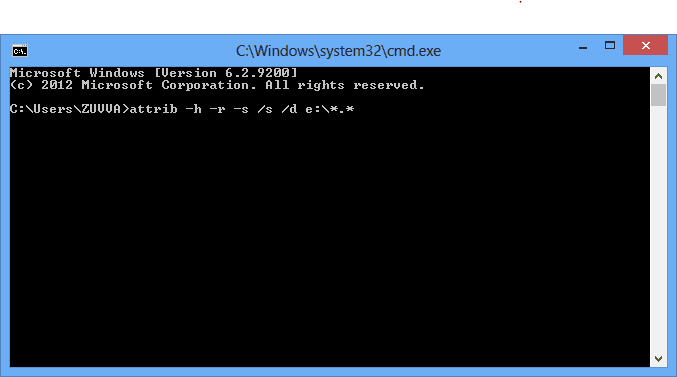
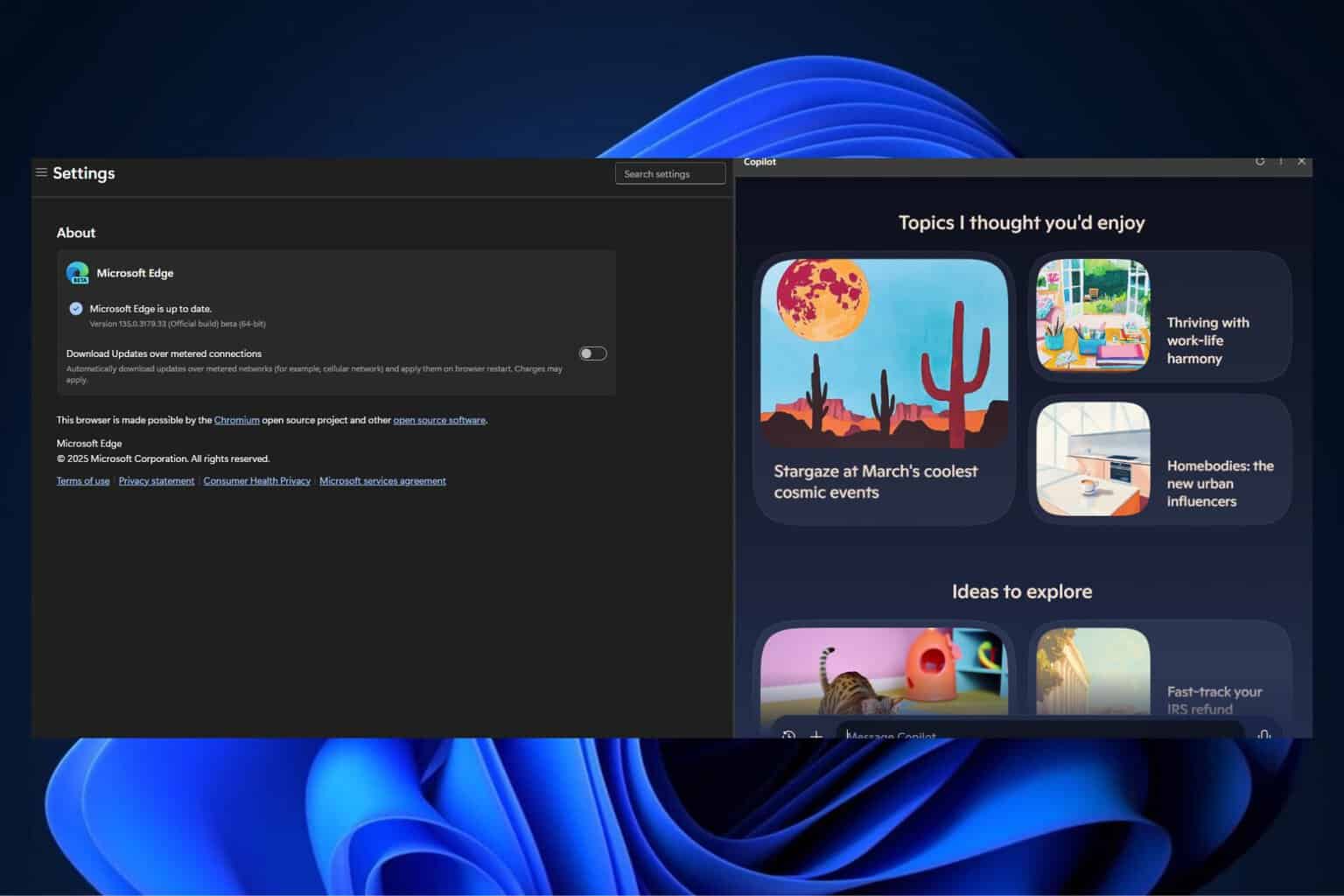


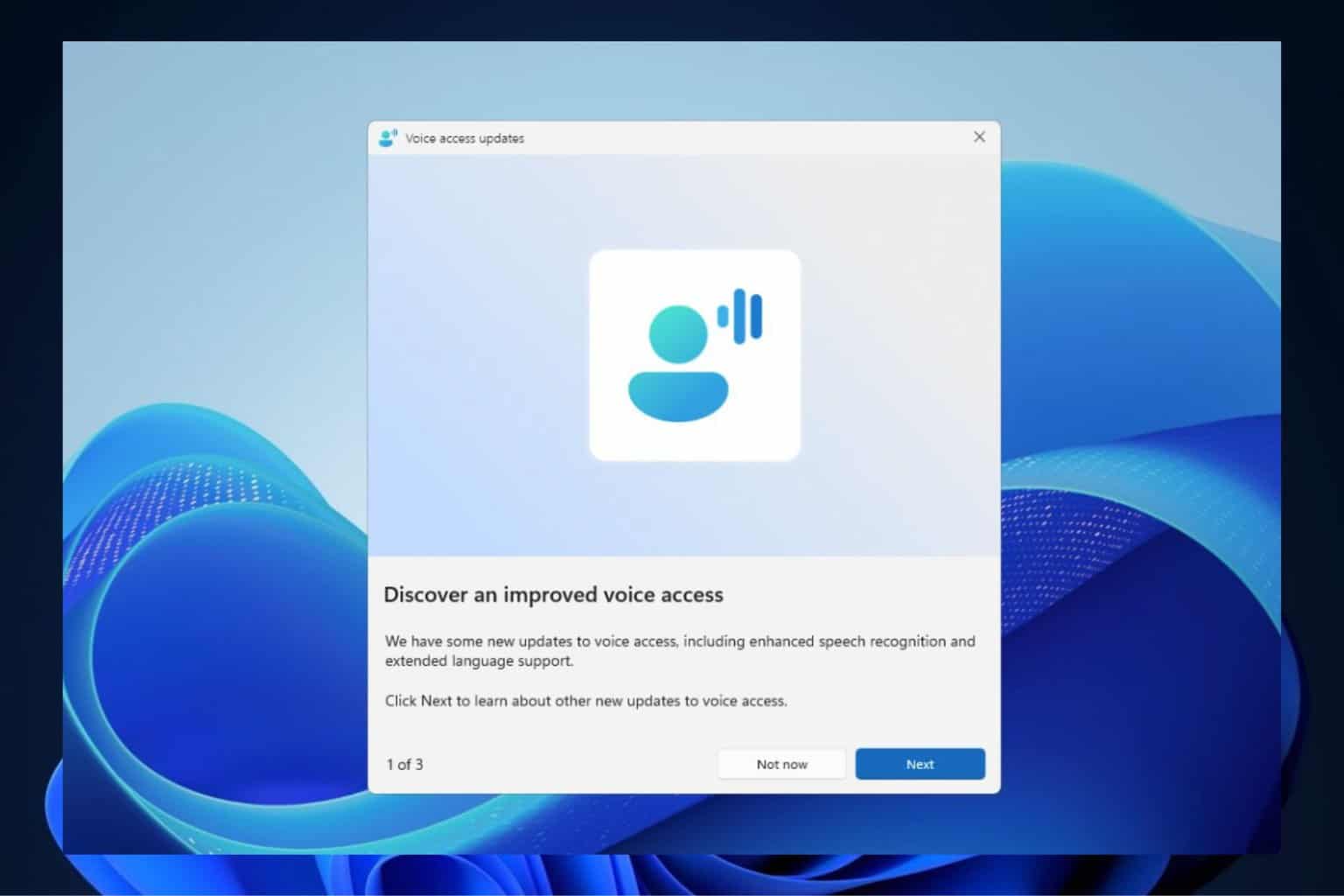
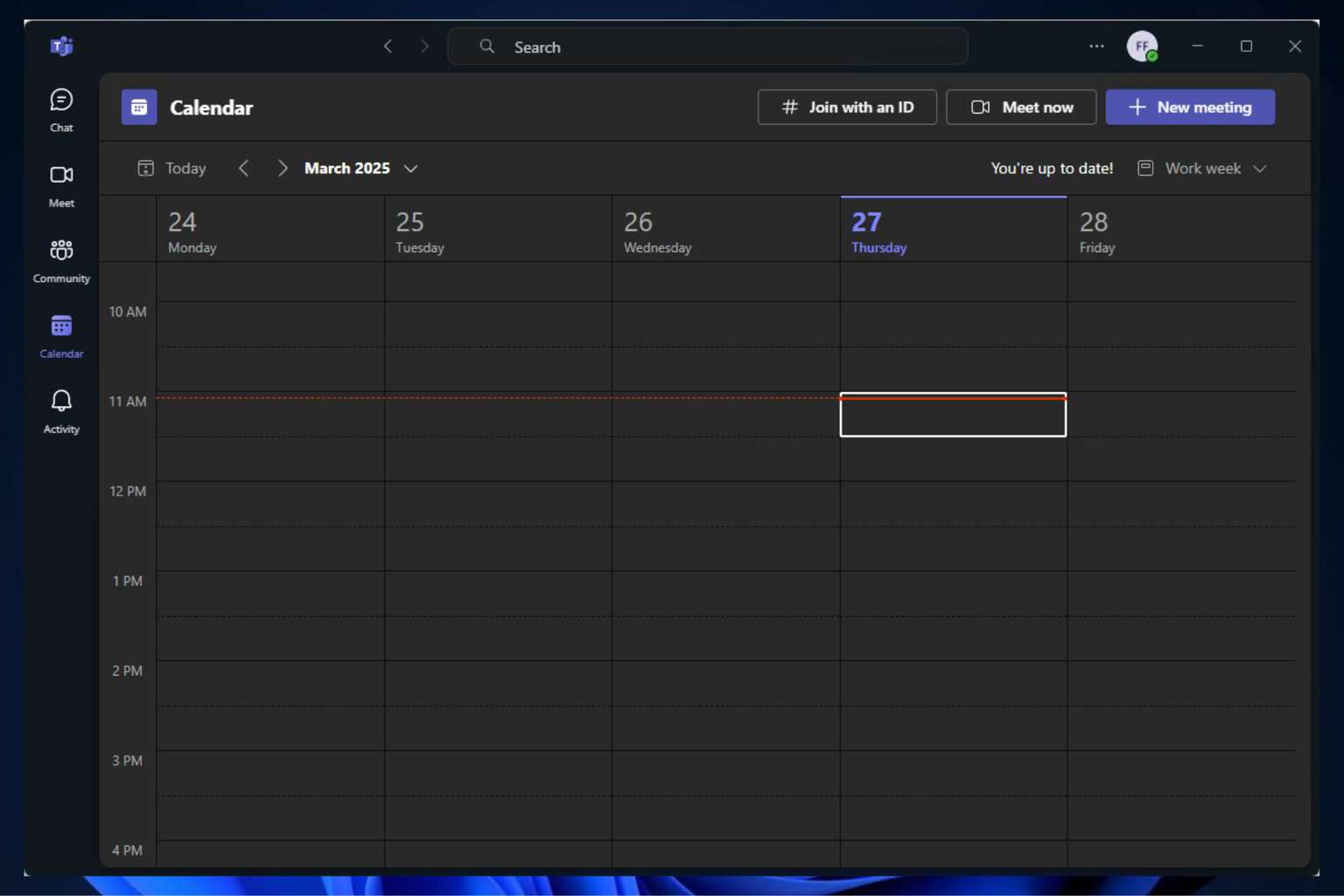

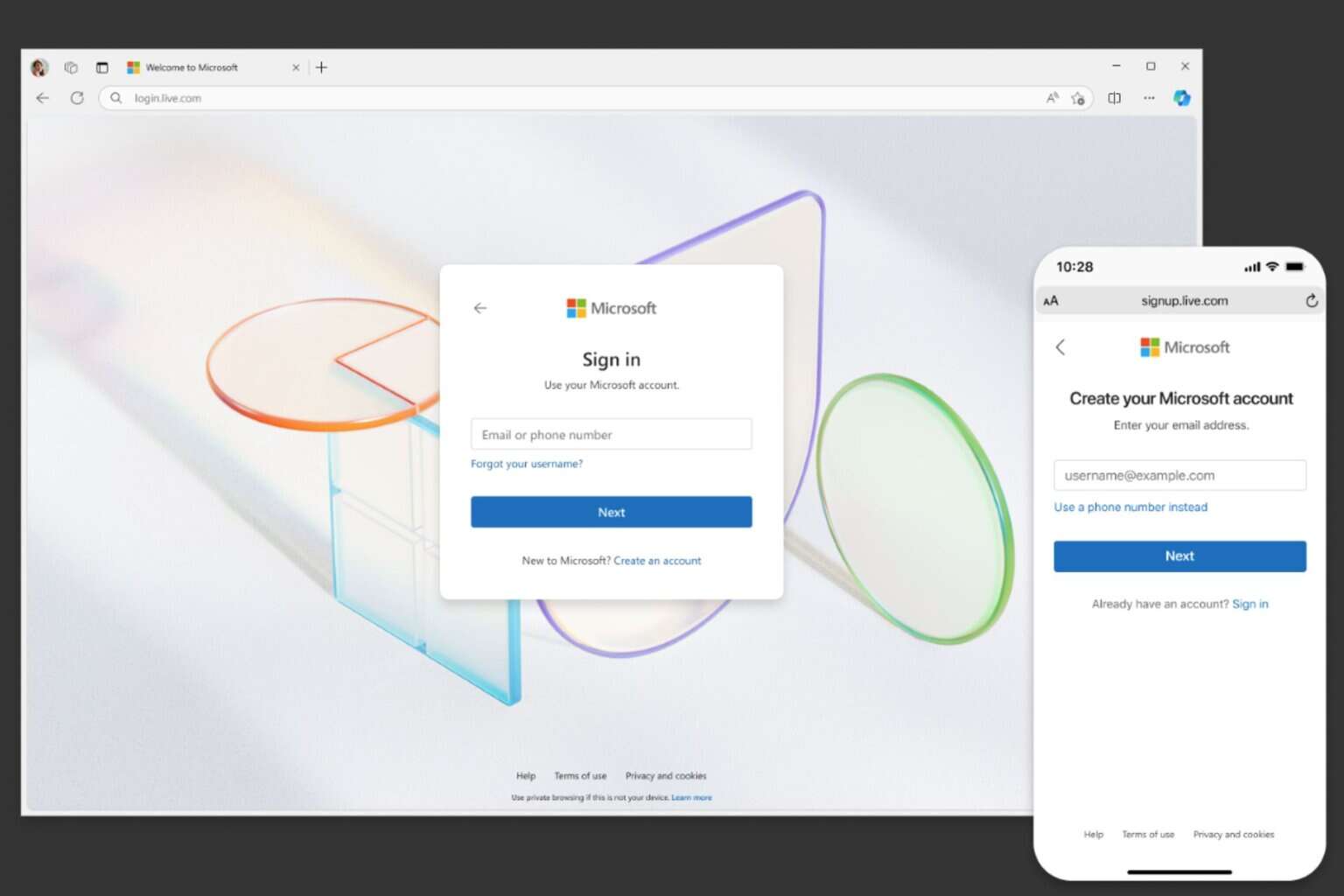
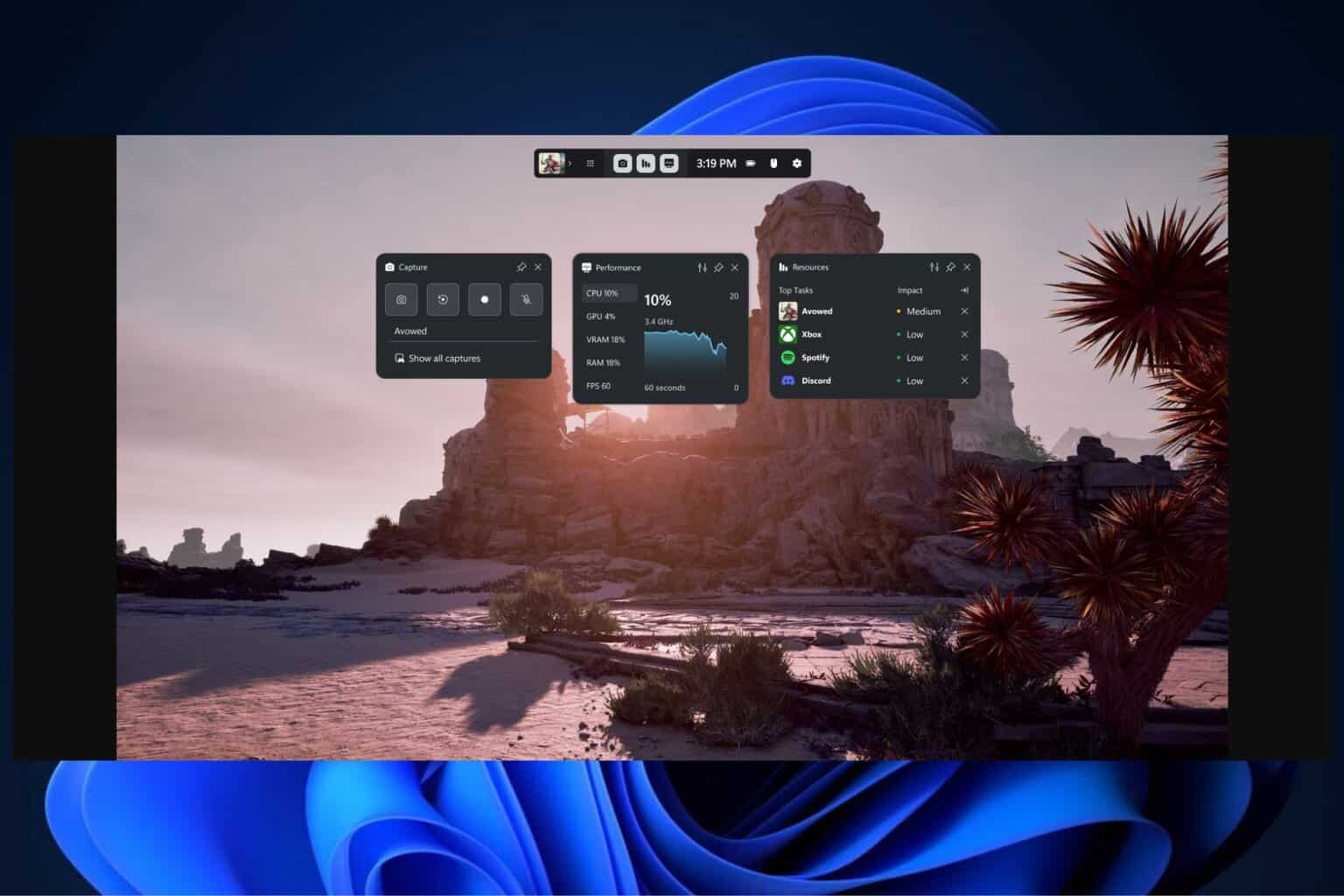
User forum
0 messages